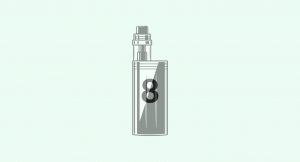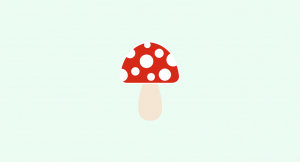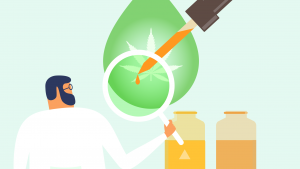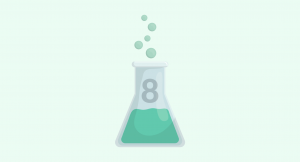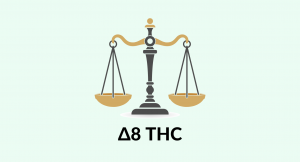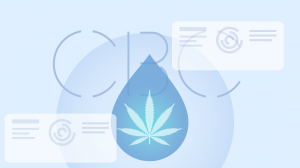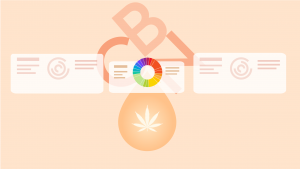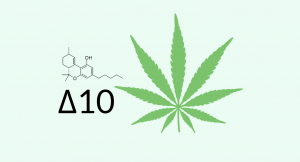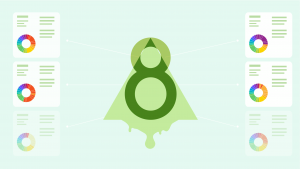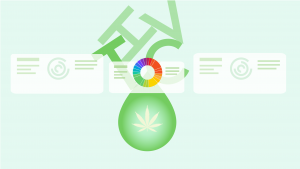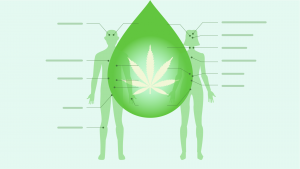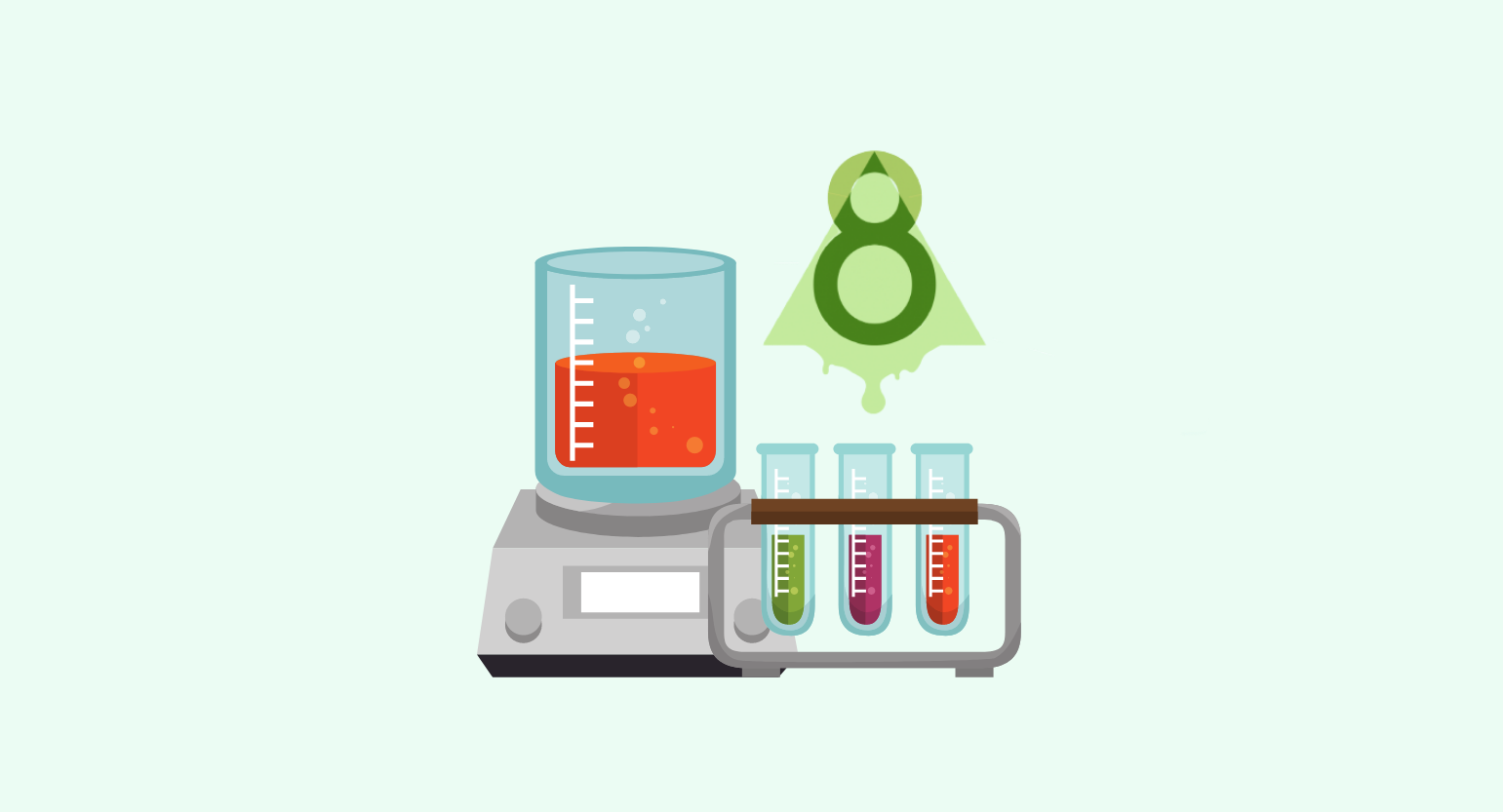
Evidence based
Delta 8 THC Distillates: 99% Pure Δ8 Jet Fuel
What are delta 8 THC distillate? What are the benefits and how are they used?
Learn how to vet Δ8 distillates for quality, cost, & potency.
All delta 8 THC products begin their life as a distillate.
It’s the jet fuel of the delta 8 world — providing up to 99% pure delta 8 THC in every milliliter of this thick, sticky liquid. You only need about 0.02 mL of this stuff for a strong dose of delta 8.
In this guide, we’ll cover how distillates are made, why some distillates are clear, and others are colored, and how to use them safely.
What Is a Delta 8 THC Distillate?
A distillate is an extract that’s made through a process called distillation. Delta 8 THC distillate is a thick, syrupy liquid with high concentrations of delta 8 and trace amounts of other cannabinoids.
Distillates are the most potent form of delta 8 THC available. All the waxes, terpenes, and other cannabinoids have been removed.
Some companies add terpenes back into the distillate or combine other cannabinoid distillates like CBD, CBC, or CBN.
How Are Delta 8 THC Distillates Made?
D8 distillates are made by converting CBD to delta 8 THC and then distilling the result to separate the individual ingredients.
The distillation process involves heating up crude cannabis extracts to cause them to evaporate.
Molecules will evaporate at different temperatures, which allows manufacturers to separate different extracts (called fractions).
This is the same process used to separate ethanol from water and other elements when making spirits like gin, vodka, or rum. Alcohol evaporates under lower temperatures than water. The liquid is heated until the alcohol evaporates, which is then collected in a separate container — leaving the water behind.
This process works for making cannabis extracts as well. As the crude extract boils, elements evaporate and float into a cooling tube, causing it to turn back into a liquid. This liquid is collected into different fractions to separate the delta 8 from other elements like CBD (cannabidiol), delta 9 THC, delta 10 THC, and various other compounds like waxes or phytosterols.
The lighter elements evaporate first, which are collected and removed. This is called the “heads” fraction. The heads may include any solvents that might have been added as well as the terpenes or other small molecules. These elements evaporate quickly before the delta 8.
Next is the main fraction, which contains the cannabinoids. Depending on the purity of the starting material, manufacturers may collect just one main fraction containing all the delta 8, or they may take several in order to separate the delta 8 THC from other cannabinoids.
The final fraction is called the “tails,” — which includes all the heavy elements. This fraction may contain some delta 8, but the longer the distillation process is performed, the more unwanted compounds make their way into the final product. Most companies will reuse the tails in a future distillation run to separate the delta 8.
There are several different ways of distilling delta 8 THC, including thin-film distillation, short path distillation, and spinning band distillation — but the fundamental concepts are the same for all of them.
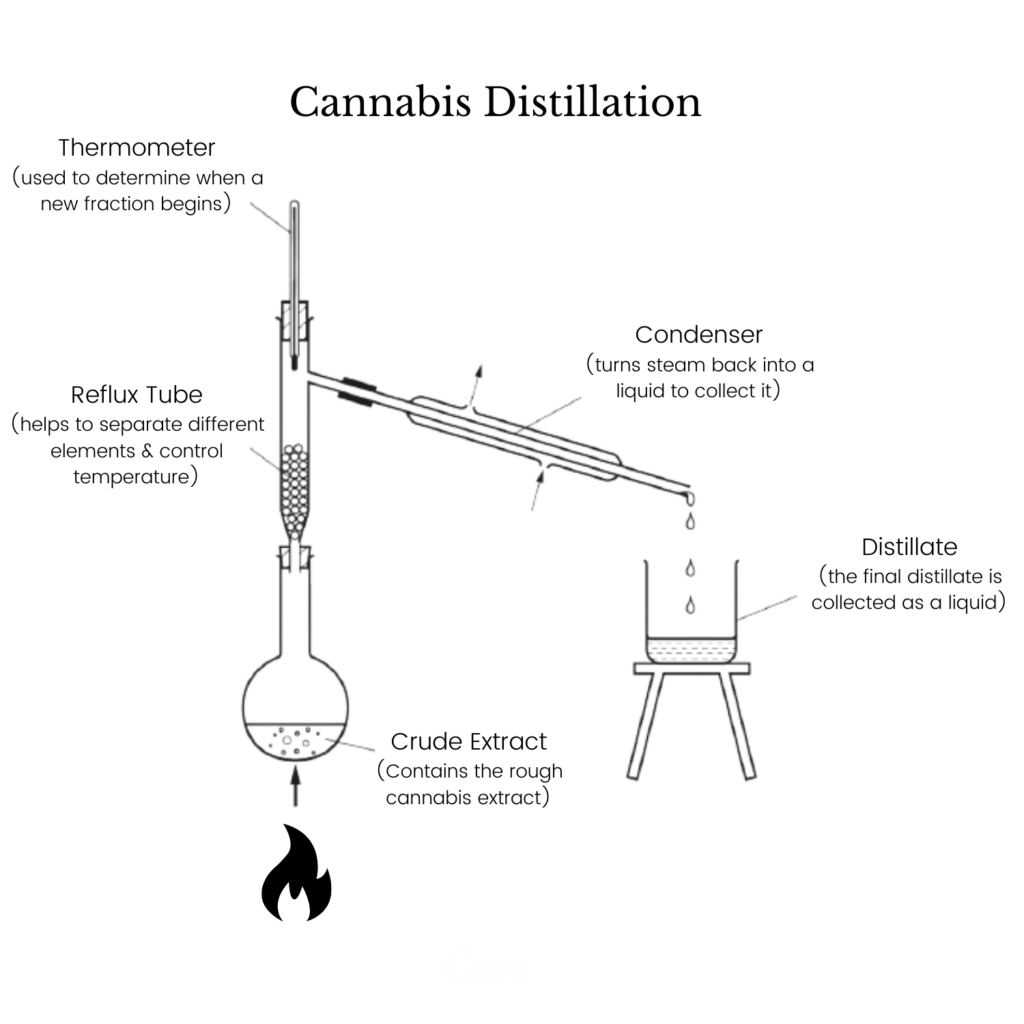
Distillate vs. Oil: What’s the Difference?
Distillate is the most concentrated form of delta 8 THC (or any cannabinoid). It contains up to 99% pure delta 8 THC, which gives it a thick, syrupy consistency.
Comparatively, delta 8 THC oil (AKA delta 8 tincture) is made by diluting a distillate with a carrier oil such as MCT, coconut, or hemp seed oil.
Diluting the distillate in an oil makes it easier to measure smaller doses and improves the flavor. Oils are taken by holding a few drops under the tongue or swallowing. Distillates are best used in a vape pen or dab rig. You can also eat distillates directly, but they don’t taste very good at all.
Delta 8 THC gummies and vape cartridges can also be made from the raw distillate.
How to Use Delta 8 Distillate
The most common way of using delta 8 THC is with a vape pen. Most people who buy delta 8 distillates use it to refill their vape pens or smoke it in a specialized distillate dab rig.
A dab rig is very similar to a bong or water pipe, but instead of a bowl designed to hold raw herb, it’s designed to vaporize waxes or distillates.
You can also eat delta 8 distillates directly, but the flavor is not very enjoyable in its raw form.
Clear vs. Colored Delta 8 THC Distillate
If you’ve ever bought delta 8 distillates, you may have noticed that sometimes it’s perfectly clear; other times it has a yellowish or pinkish color.
In general, clarity is associated with purity — but this isn’t necessarily the case with delta 8 THC. There are lots of high-quality delta 8 distillates that have a bit of color to them. Likewise, there are plenty of clear distillates that aren’t pure.
Ultimately, it’s more important to look at the lab reports to determine purity rather than making a judgment based on the color of the distillate. Pink, yellow, and clear delta 8 THC distillates are all normal and readily available on the market.
So What Makes a Distillate Colored or Clear?
It all comes down to how the extract was made.
If the extract becomes oxidized, it will turn pink. This is completely normal and does not mean the extract has gone bad.
Additionally, if the extract is more acidic, it can turn pink. If it’s more basic, it may turn yellow or amber.
Clarifying the extract requires pH balancing the extract or extracting it with something like T41 bentonite bleaching clay.
How Much Do Delta 8 THC Distillates Cost?
The average delta 8 THC distillate costs between $0.03 and $0.06 per milligram.
The more you buy at a time, the cheaper it becomes. For example, a 10 gram syringe from Freshbros costs $100 — which works out to just over 1 cent per milligram and provides up to 500 doses.
Most vendors sell about 1 gram (~1 gram) of distillate for $30–$40 — which works out to around 3 cents per milligram.
A dose of delta 8 is roughly 10–40 mg, so a single 1 gram syringe should offer between 25 and 50 doses — costing between 50 cents and 1 dollar per dose.
Distillates are the cheapest form of delta 8 THC because they’re the simplest form. All other delta 8 THC products are derived from delta 8 as the starting material. For tinctures, a distillate is mixed with oil; for cartridges, the distillate is filled into a premade vape chamber and element, and for gummies, the distillate is mixed with a gelatin gummy candy base.
All of these added parts require further steps and ingredients, which increases the cost.
How Much Delta 8 Distillate Should I Use? What’s The Dose?
Measuring the dose of delta 8 distillates, or any distillates for that matter can be challenging. It’s hard to measure or work with the thick, sticky, resinous extract, and there’s only a marginal difference between the perfect dose and a dose that’s too high.
Delta 8 THC distillate usually comes in a syringe to make it easier for people to use. The syringes are marked with 0.1 mL increments, each divided by 5 (0.02 mL) increments.
- 0.1 mL = 102 mg
- 0.02 mL = 20 mg

The dose for delta 8 is somewhere between 10 and 40 mg. Most people find around 20 or 30 is just right — but it depends on the individual. Always start with a low dose first, and increase gradually once you know how it affects you individually.
If you want a 10 mg dose, take 0.1 mL of distillate.
If you want a 20 mg dose, take 0.2 mg of distillate.
And so on.
If you want to know more about the perfect dose of delta 8 THC for your body based on weight, check out our delta 8 THC dosage guide.
Is Delta 8 THC Legal?
The short answer is yes — most legal experts agree, delta 8 THC is legal in the United States, with the exception of six specific states that ban all forms of THC.
The long answer is that nobody actually knows whether Δ8 is legal on a federal level or not. The laws are very vague and unclear. The DEA offered some “clarity” on the matter in a report published in the summer of 2020. The report stated that any synthetically-derived tetrahydrocannabinol is prohibited.
This does not clarify whether delta 8 THC is considered synthetically derived or not. Some argue it’s not synthetically derived; rather, it’s “naturally-derived.” THis is because the process of making it involves converting a naturally occurring substance (CBD) into another naturally occurring substance (Δ8 THC).
Others argue the method of converting CBD to Δ8 is synthetic because it needs to be performed in a lab.
Related: What is synthetic THC?
The DEA has yet to charge anybody for buying or selling delta 8, so it remains unclear what their official stance on the matter is at this point.
States that have banned all forms of THC, including delta 8 include:
- Alaska
- Arizona
- Arkansas
- Delaware
- Idaho
- Iowa
- Montana
- Pennsylvania
- Utah
In Canada, delta 8 THC is legal along with all naturally occurring derivatives of the marijuana plant.
Delta 8 THC is banned along with all forms of THC in Australia, the United Kingdom, and throughout the European Union.
The Importance of Third-Party Testing
Delta 8 THC is a naturally occurring molecule. The only problem is that neither the hemp plant nor the marijuana plant makes enough of it to be viable for a company to extract it naturally. You would need a huge amount of flower to get even a single dose of delta 8.
Instead of extracting it naturally, companies will convert it over from CBD using a process called cyclization. More commonly, the process is referred to as isomerization.
Using a catalyst, such as hydrochloric acid and some heat and time (3–18 hours), CBD will turn into delta 8 THC. Once completed, the delta 8 THC is isolated through the process of distillation.
The problem is that without proper know-how and access to high-tech lab equipment — harsh chemicals or unwanted byproducts formed during the reaction can make their way into the final product.
All delta 8 companies are going to tell you their products are completely clean and free from any solvents, chemical byproducts, or acids — but we believe in a “trust but verify” type of approach.
This is something only an unbiased, third-party lab can provide. These companies test samples of a companies distillate to check the cannabinoid profile and check for various chemicals or contaminants.
The most important third-party tests include:
- Full cannabinoid profiles — how much delta 8, delta 9, and other cannabinoids are present in the sample
- Pesticides — sometimes pesticides used on the starting hemp material can make their way into the final product
- Heavy metal contamination — some older methods of production use reagents that contain heavy metals
- Unwanted chemical byproducts — if any of the ingredients used to make Δ8 distillate are impure, byproducts could form
Here’s what a cannabinoid test looks like. It breaks down the contents of the distillate in terms of the total cannabinoid profile of each in percentage of the extract. ND stands for “not detected.”
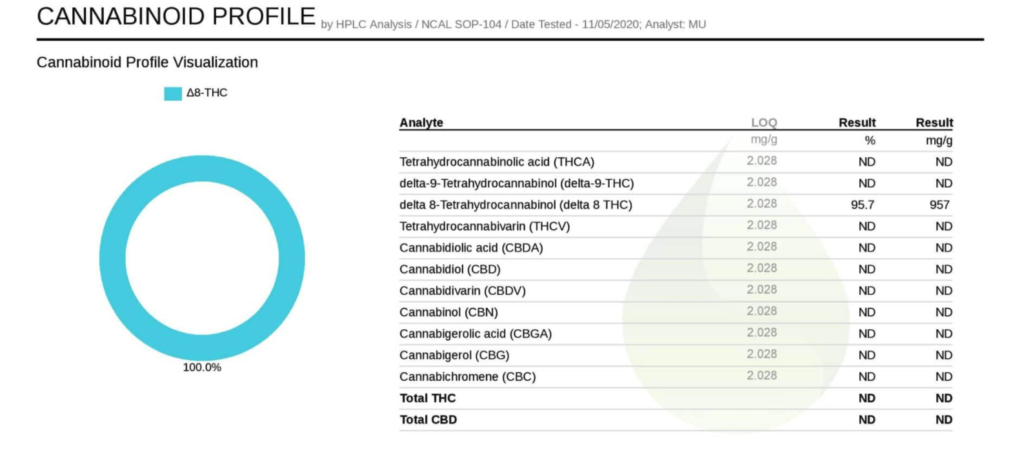
Final Thoughts: What is Delta 8 THC Distillate?
You can find all different kinds of cannabis distillates, including CBD, CBC, CBG, CBN, and THC.
Some distillates are classified as full-spectrum; others contain just one concentrated cannabinoid (see CBD distillates).
Delta 8 THC distillates contain predominantly the delta 8 isomer of THC, with all other cannabinoids removed. You can find them with or without terpenes or added flavoring. It’s common to find delta 8 distillates that also contain trace amounts of other cannabinoids as well.
The main cannabinoid to pay attention to is delta 9 THC. If concentrations of Δ9 are higher than 0.3%, the distillate could be illegal where you live.
Distillates are the cheapest form of Δ8 but are only recommended for people with a lot of experience using this particular cannabinoid. They’re also recommended for people who want to make their own DIY gummies or tinctures or are using the delta 8 to refill a vape tank.

